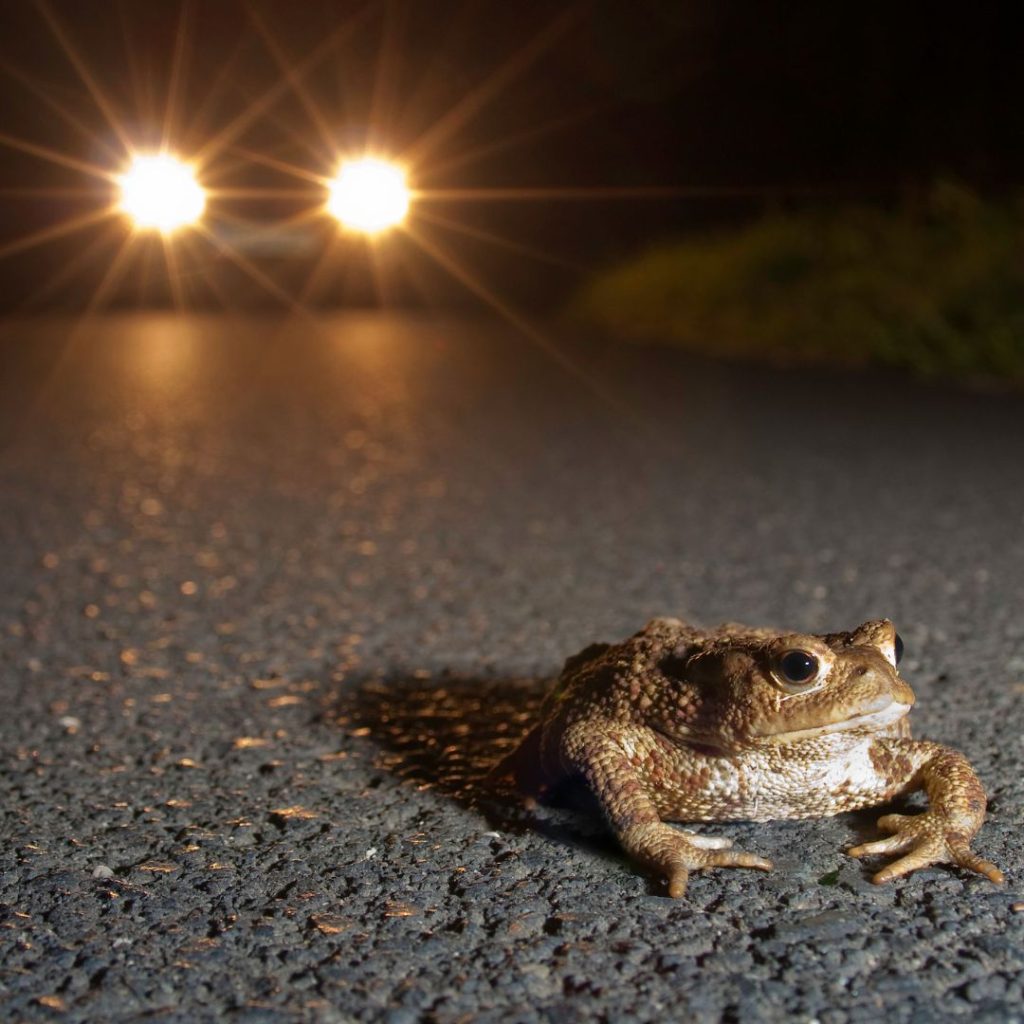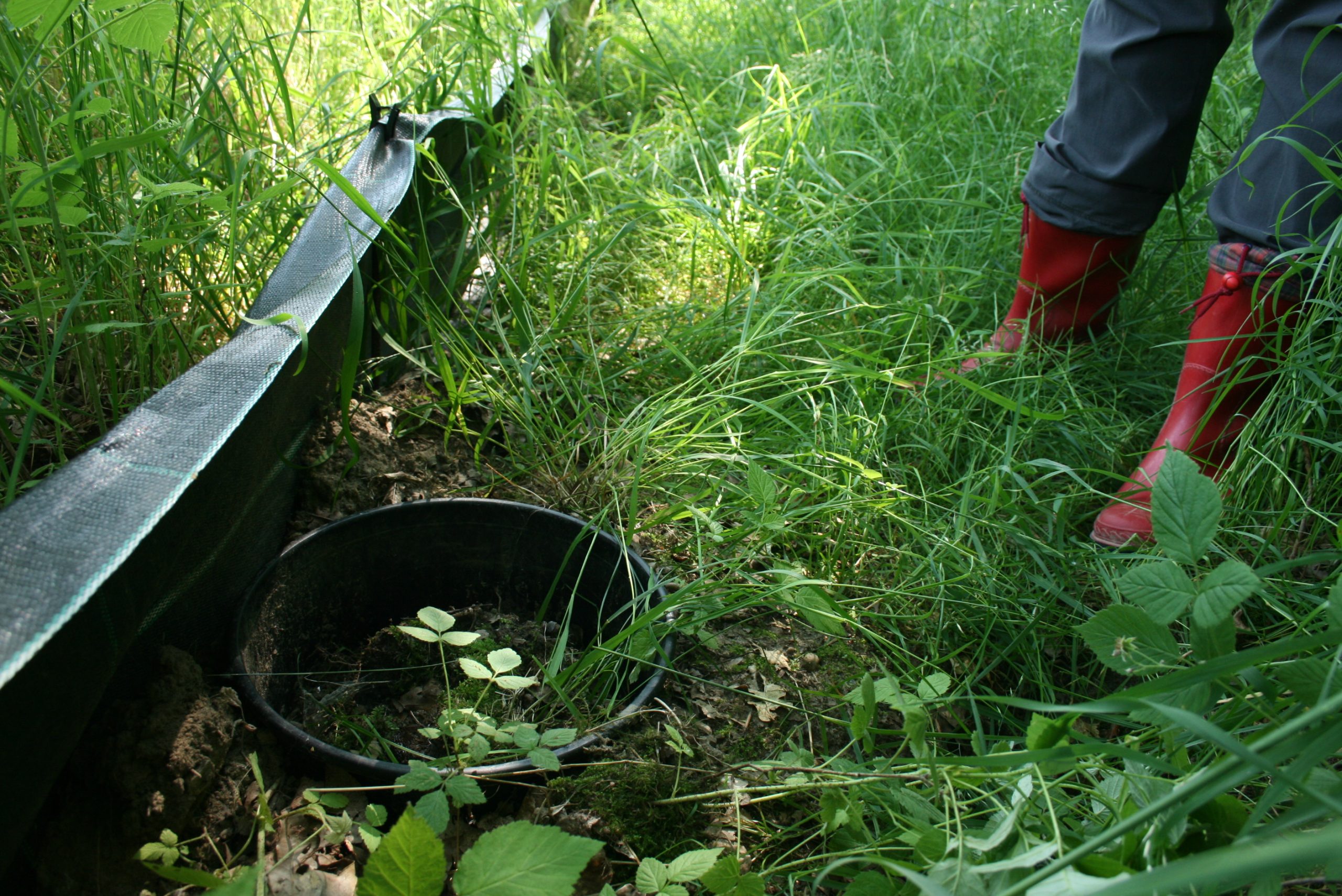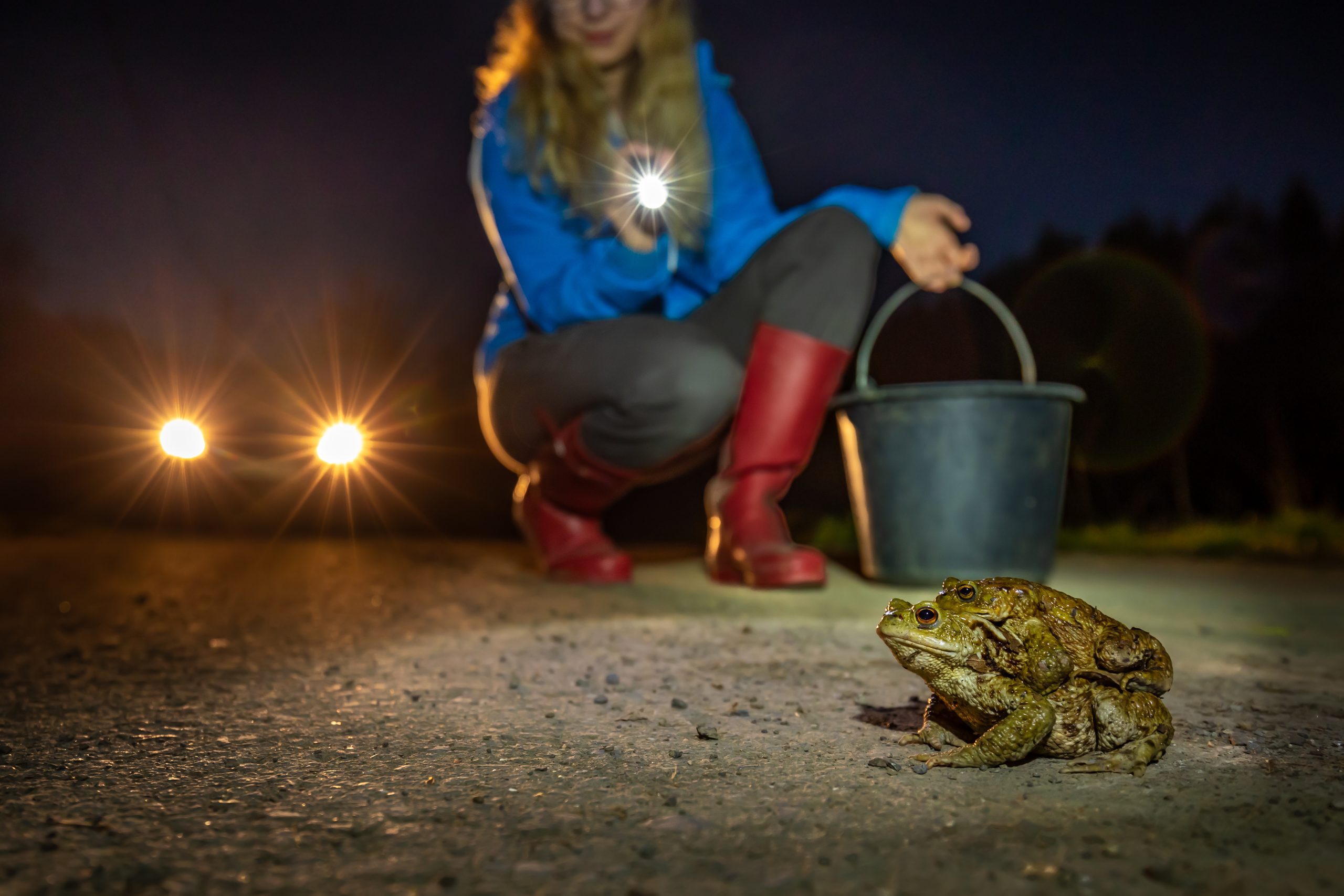Amphibian migration now - Nature Conservation Association seeks frog lifesavers

They're migrating again! Spring is coming and with it thousands of frogs, toads, toads, newts and salamanders are making their way to their spawning grounds. But the journey there is fraught with dangers, such as busy roads. The Nature Conservation Association's Frog Foliage Exchange offers a unique opportunity to save amphibian lives and learn about these endangered animals at the same time.
As temperatures become milder, the spring frog, followed by the grass frog and common toad, are the first to awaken from their hibernation. The three early bloomers start migrating to their spawning waters as early as mid-February.
Wolfram Hammer, BUND expert for amphibian conservation: "Climate change with its milder winter weather phases is very clearly noticeable here. We have been protecting amphibians for years and are seeing a trend towards earlier and earlier migrations."
To ensure that the amphibians reach their spawning waters safely, there are two tried and tested ways to help them: on the one hand, permanent amphibian tunnels that run underneath the roads and allow frogs and co. to travel safely. On the other hand, the so-called fence-bucket method: the green frog fences that line the roadsides in spring characterize the spring landscape. Behind the fences, buckets are dug into the ground, into which the frogs plop as they migrate along the fence. And this is exactly where the frog scavengers come in!

"Good to know" when picking frogs
It sounds very simple: the frog collectors collect the animals from the buckets and deposit them on the other side of the road. But there are a few things to bear in mind: The buckets have to be emptied daily - sometimes even several times - and in all weathers. A rain jacket and wellies are therefore a must. To ensure that not only the frogs cross the road safely, every lifesaver should always wear a locally available high-visibility vest. But there's much more to frog-picking: you get the chance to get to know amphibians of all kinds up close. You can marvel at and "understand" these small, adorable marvels of nature at close quarters and, most importantly, save many, many frogs' lives every day and thus make a valuable contribution to species conservation. "Frog collecting is an important and quickly realizable acute measure in amphibian protection. However, permanent solutions would be desirable, especially for larger migration routes. Thank you to all frog collectors who actively support the lives of frogs and co. in their free time," says Sarah Haslinger, head of the "Amphibian Protection Network" at the Austrian Nature and Biodiversity Conservation Union. If you are interested, please get in touch with the Nature Conservation Association's frog leaf collection service
Share frog observations
The Nature and Biodiversity Conservation Union is also asking the hard-working frog collectors to share photos of as many creatures as possible on naturbeobachtung.at! The Nature Conservation Association's platform has the task of documenting the occurrence and distribution of animals and plants. The idea behind it: naturbeobachtung.at is the basis for scientifically sound nature conservation, because experts check every single sighting and thus guarantee the highest quality. As a result, tailor-made measures for the conservation and protection of species can be initiated.

NABU is looking for helpers
The Nature Conservation Association in Germany is also looking for helping hands, as the toad migration is also in full swing there and is expected to continue until April.
Anyone who knows that toad fences are maintained in their home town or neighborhood can simply contact the relevant nature conservation group. If this is not known, it is worth looking on the local NABU websites. More than a thousand protection f ences, including contact addresses, can also be found in the protection fence database of the NABU Federal Committee for Field Herpetology.
Cover photo ©️NABU/Jonathan Fieber






